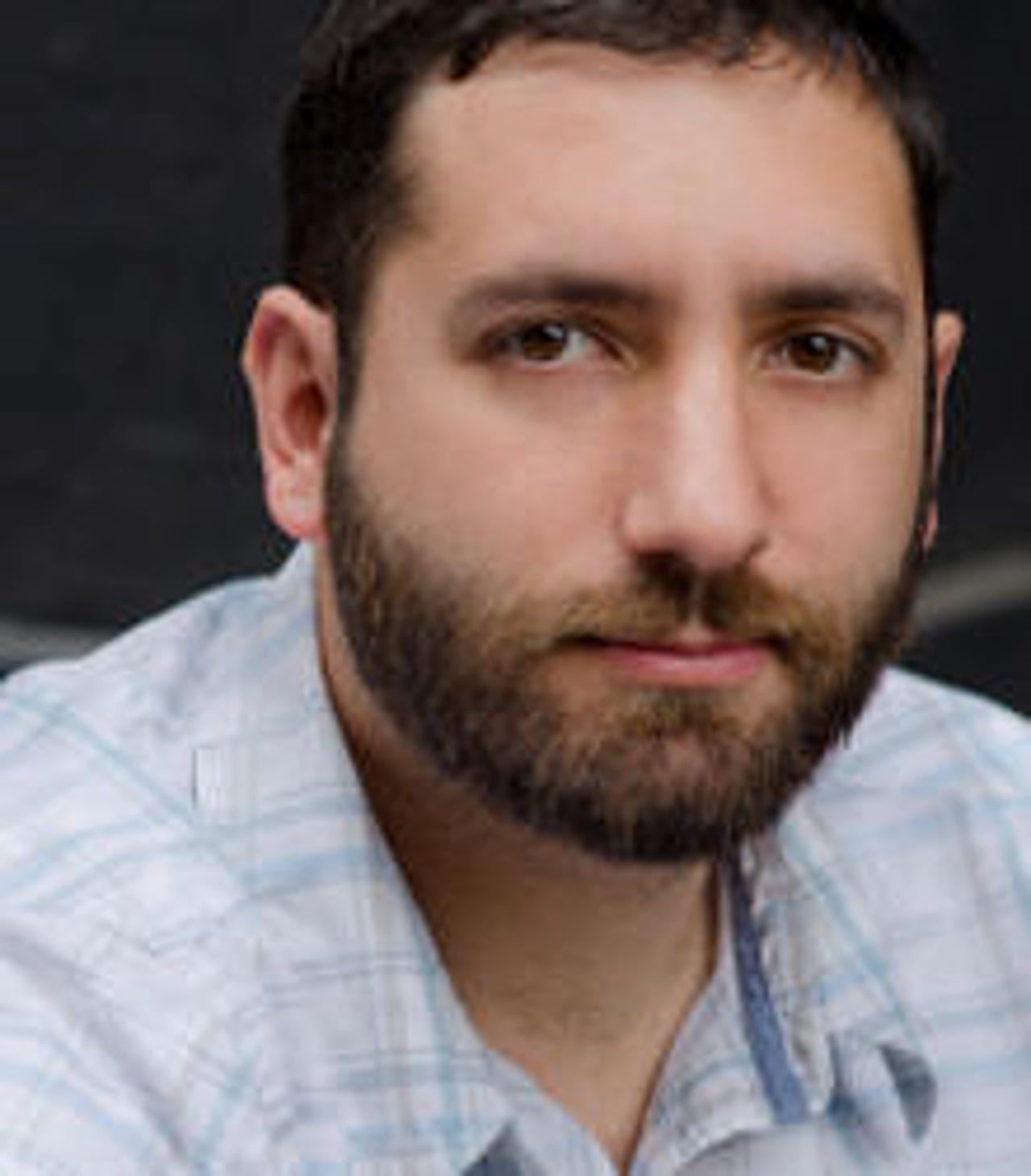Docker chief operator: Why the open source container project is taking a new shape


With a quadrupling of contributors over the past year, the open-source Docker container project has unveiled a new structure aimed at dealing with that accelerating growth.
The reorganisation, which itself went through the community's design process, is intended to increase Docker's openness and accessibility, and enable the project to increase in size massively without affecting core qualities, such as response times and good communication.
To achieve those goals, a triumvirate of chief architect, chief maintainer and chief operator is taking the reins: Docker founder and CTO Solomon Hykes, creator of key Docker project libcontainer Michael Crosby, and former MongoDB chief developer advocate Steve Francia.
"Solomon is going to continue to drive the vision for the project and lay out the architecture. Michael's going to be the technical quality keeper - he's the gate keeper. He's already been that as a maintainer but as chief maintainer he's going to be responsible for all that," Francia, who joined Docker in the past month, said.
"My job is everything else around it. So a subset of that would be better documentation, a bigger and broader community, better community relations - it's really anything that goes round that."
By automating the creation and deployment of apps in containers - a lighter-weight form of virtualisation - Docker is designed to free developers from software and infrastructure dependencies, cutting costs and creating efficiencies in the process.
As well as day-to-day operations, Francia acts as release manager and works with the Docker Governance Advisory Board, or DGAB.
"Docker right now has one of the best response times - as far as communication back and forth to the community - that I've ever seen in open source and that's what at stake here," Francia said.
"Solomon is one of the big contributors to the project. He's been the architect since the inception and he's also been pulled in a lot of different directions on his time.
"As the team gets overwhelmed, the response time will naturally go down and this is us trying to keep the bar as high as it's been, which is frankly unheard at the scale that we're at."
As well as having spent three years developing the community for open-source NoSQL database MongoDB, Francia also built the popular Go-based Hugo website engine.
"At Mongo we experienced similar rapid growth. Docker is actually faster than Mongo. One of the reasons they were interested in bringing me on is the fact that if you're going to draw parallels with anything in history that has experienced that sort of growth it's MongoDB, which before Docker I'd say is the faster-growing open- source project that I know of.
"Now Docker is doing it close to twice as fast as far as growth goes. It feels almost like overnight. There are a lot of challenges that come with that. At Mongo I felt we were writing the book on it as we went. Mongo walked that path before and we'll definitely be drawing on some of the experiences there."
The number of Docker project contributors now stands at just under 740. In 2014, the project processed over 5,000 pull requests, half of which came from individuals not working for Docker Inc. According to Docker, the project has now generated more than 20,000 projects, including UIs, management frameworks and monitoring tools, and more than 85,000 Dockerised apps.
Francia said the project will remain focused on the developer and DevOps communities.
"My philosophy has always been if you can create the right experience, then people are going to be happy and they're going to keep doing things. I want people to feel welcome. I want people to feel like they have support." Francia said.
"It can be an intimating thing to try and put yourself out there and contribute to a huge project in a relatively new language. So giving people the comfort and support they need and assistance. A lot of projects say no to a lot of contributions. Our answer won't be no. It's, 'Here's how to get a yes'.
"Then the same thing on the user side. When people first adopt Docker and try it for the first time, I want that experience to be spectacular, I want them to be doing backflips. That's where I start and then I work backwards from there."